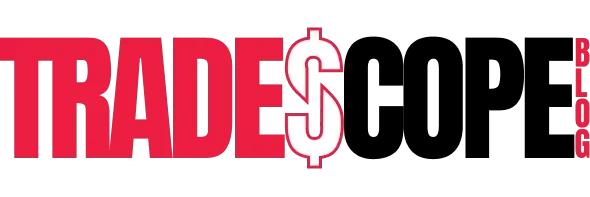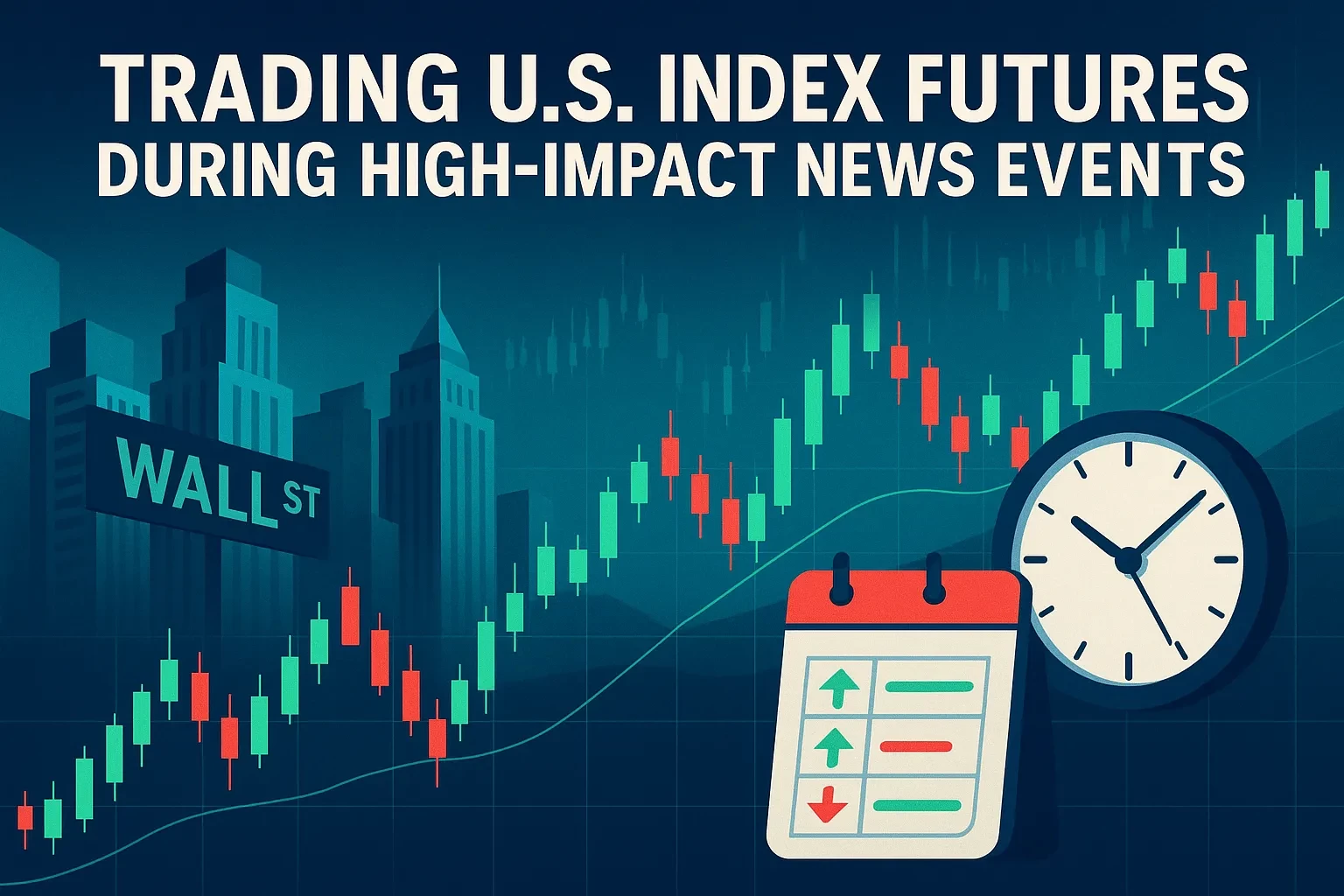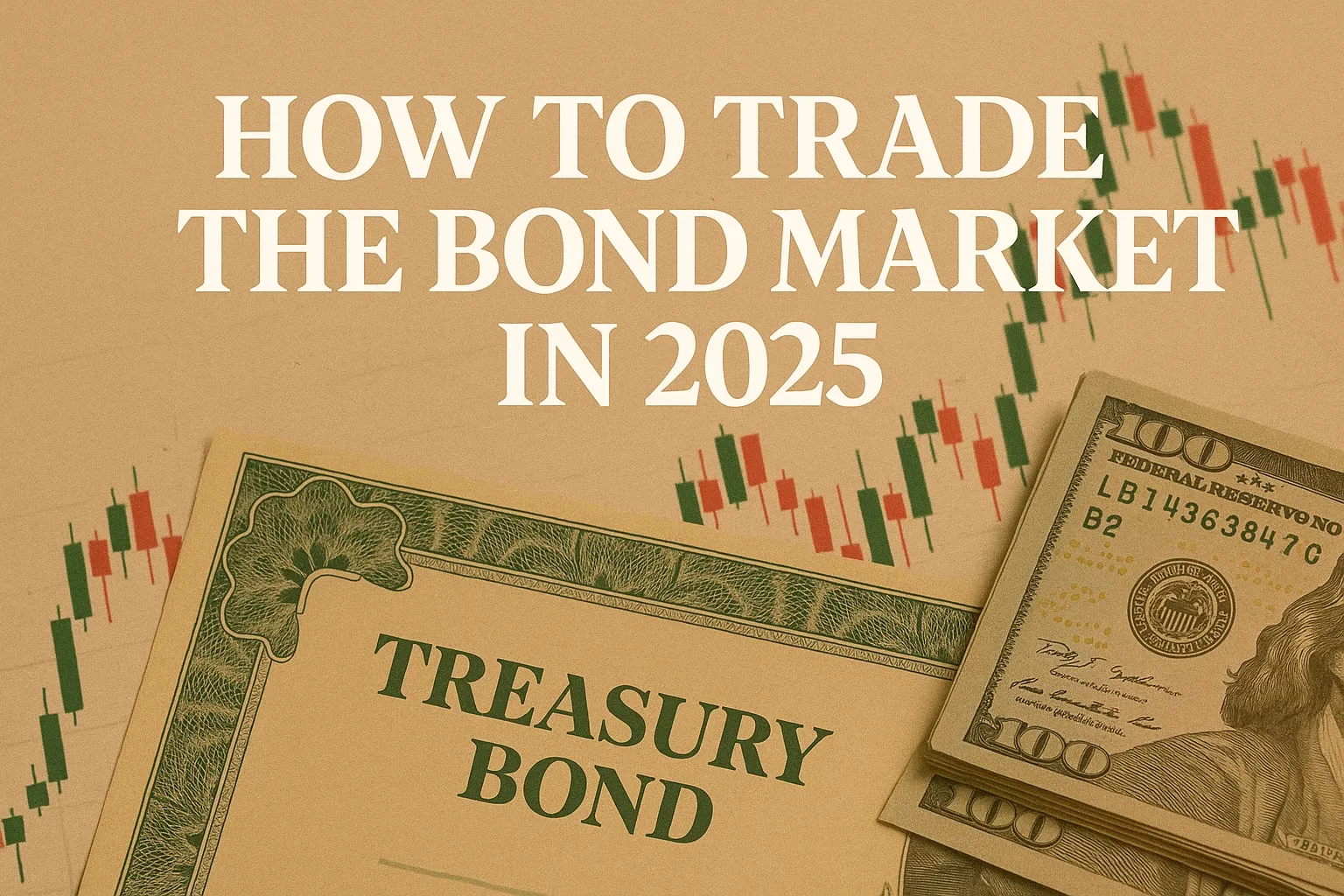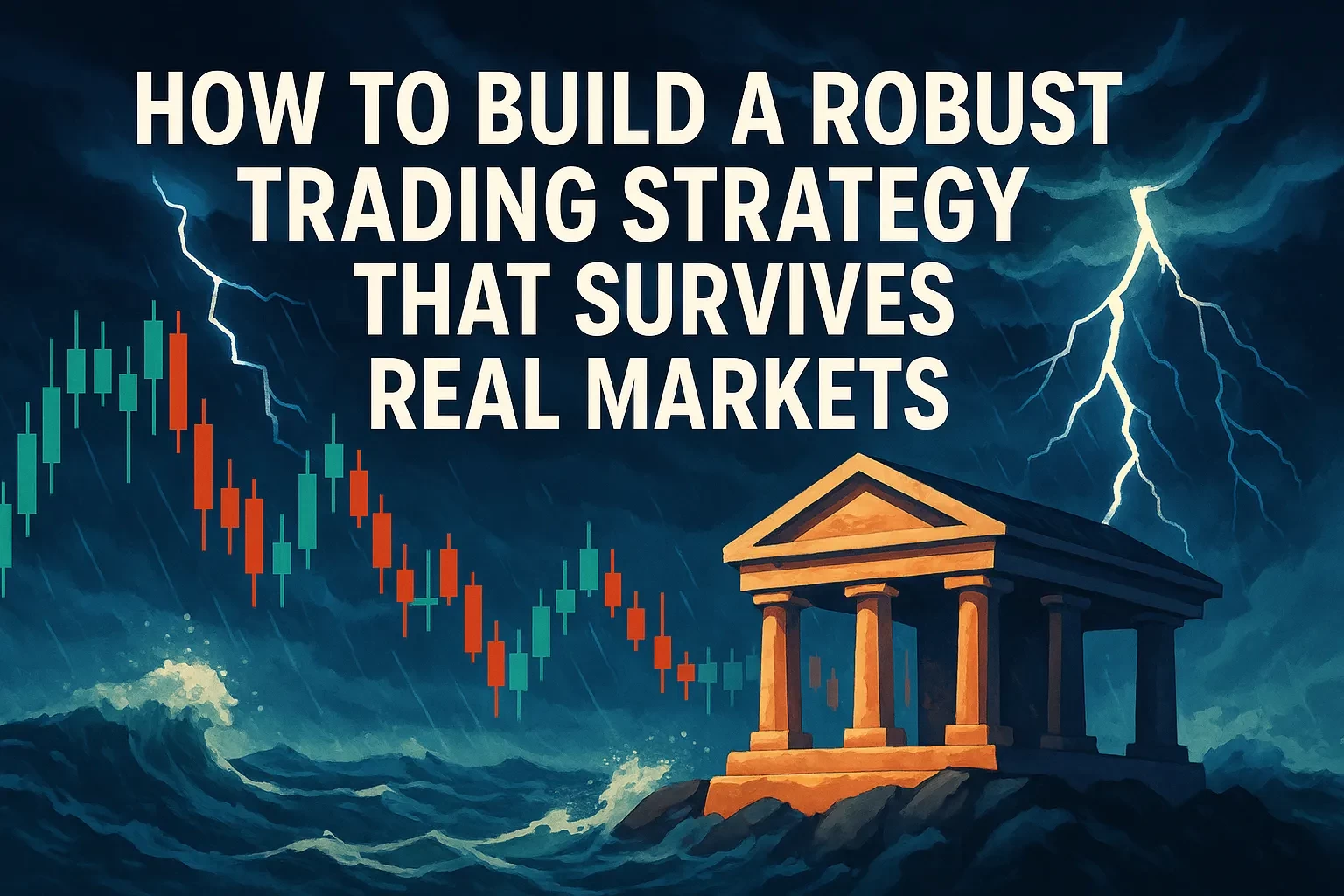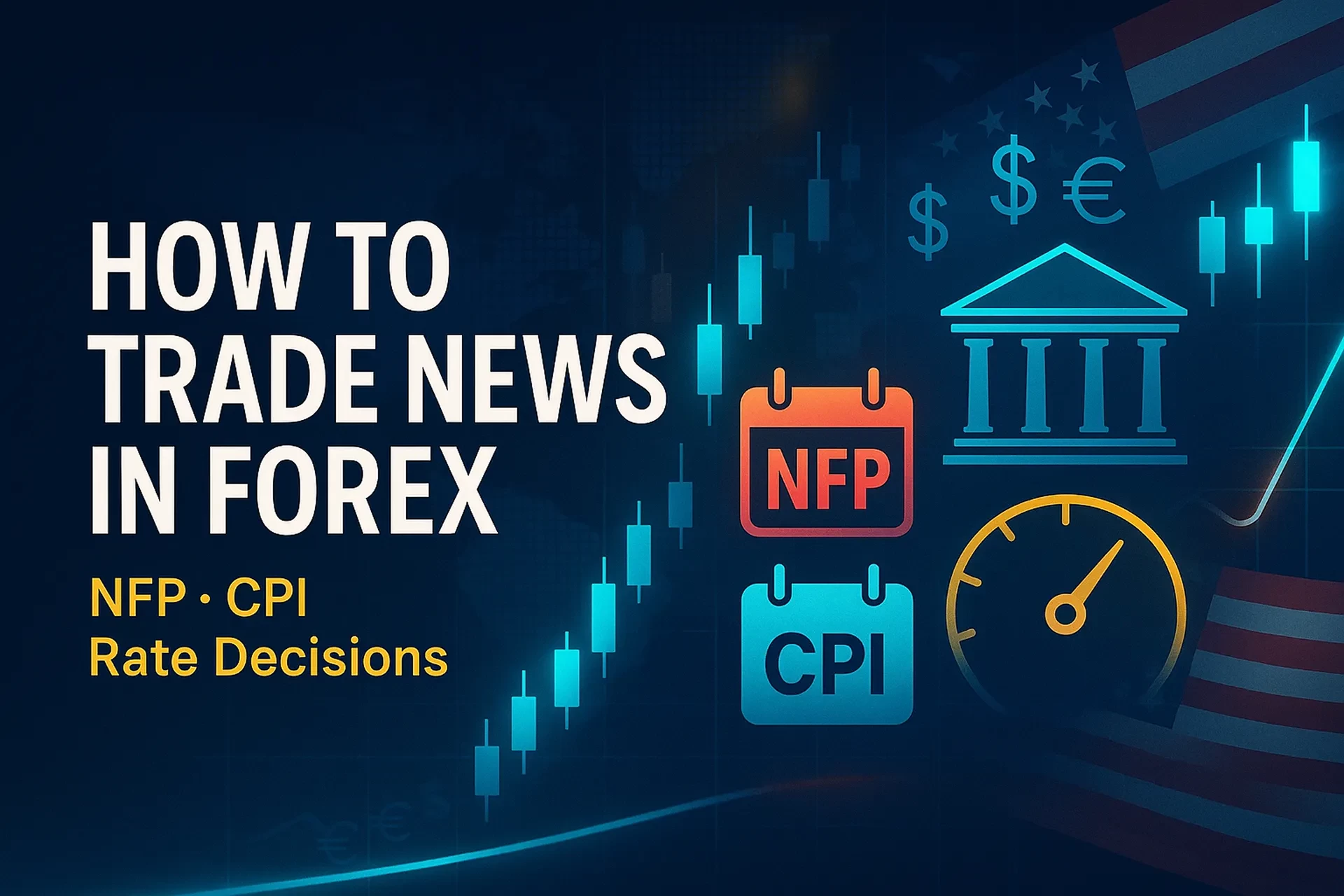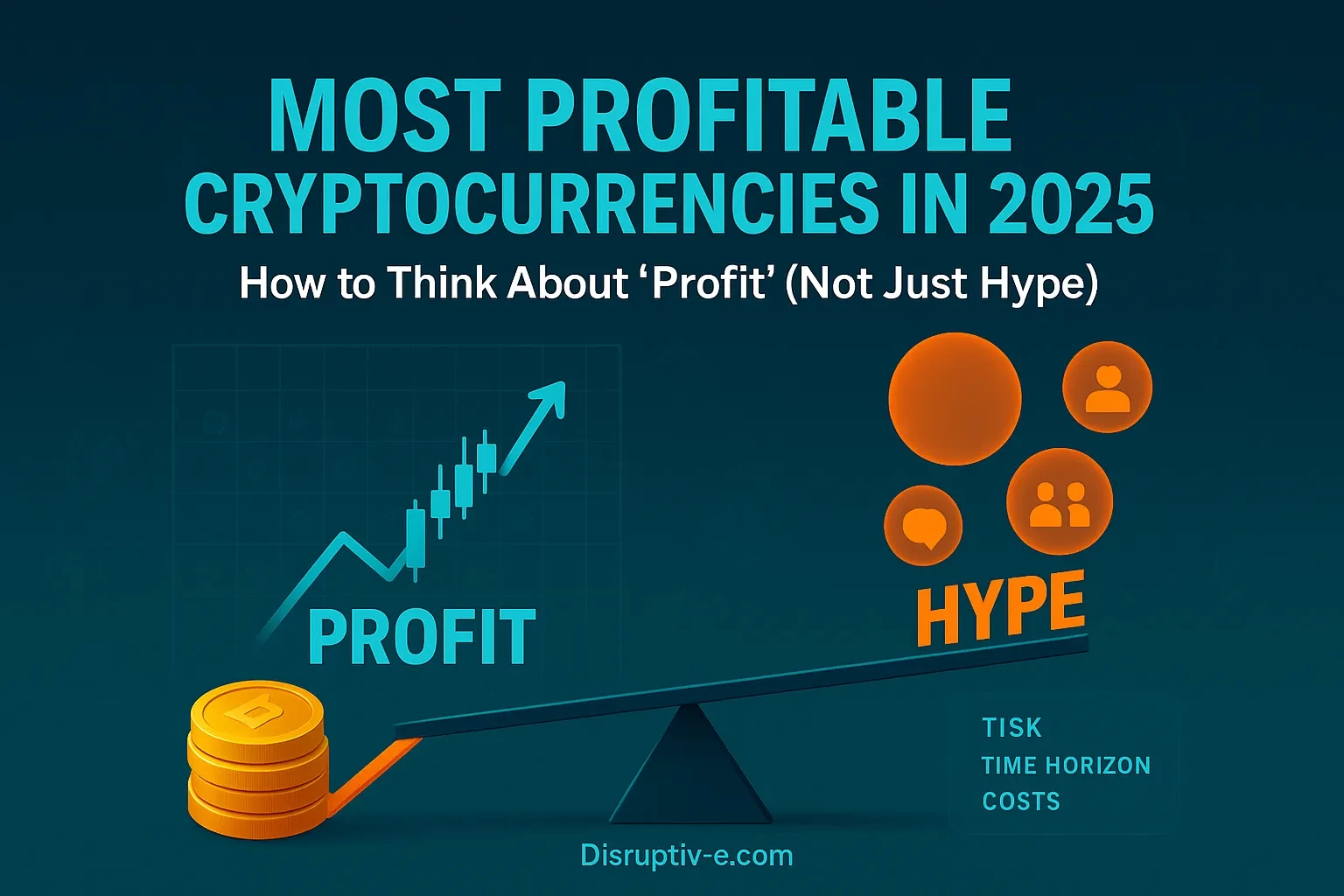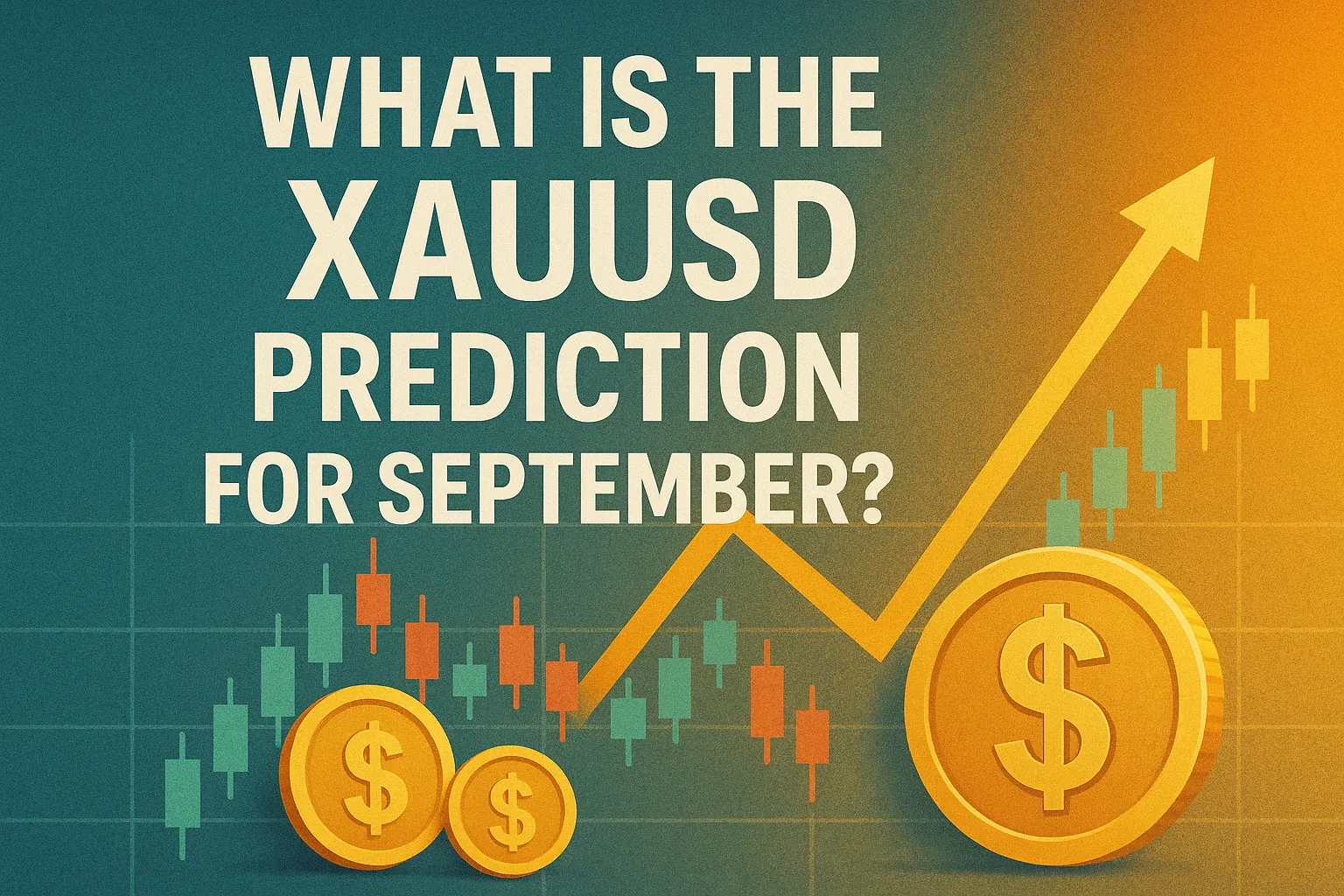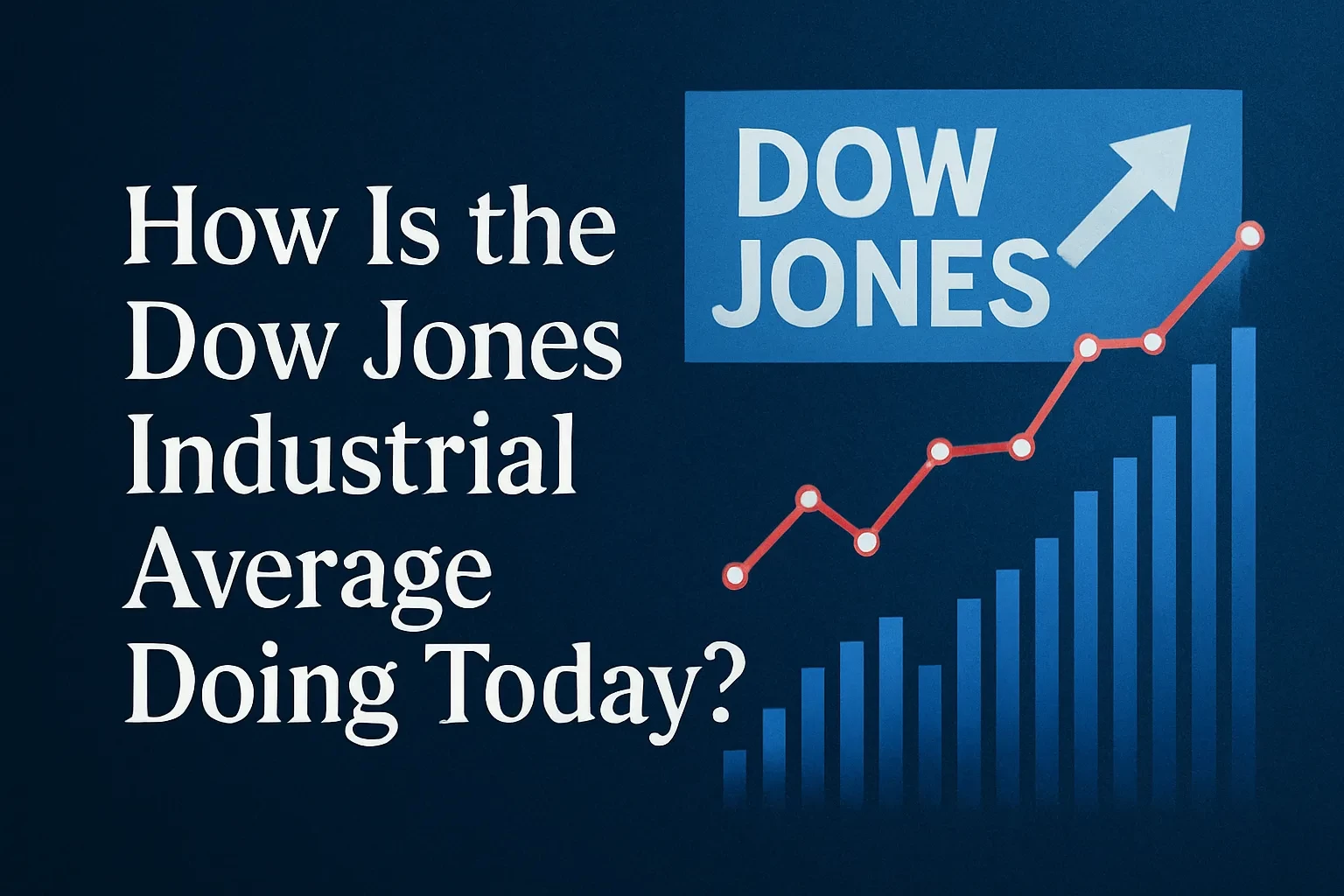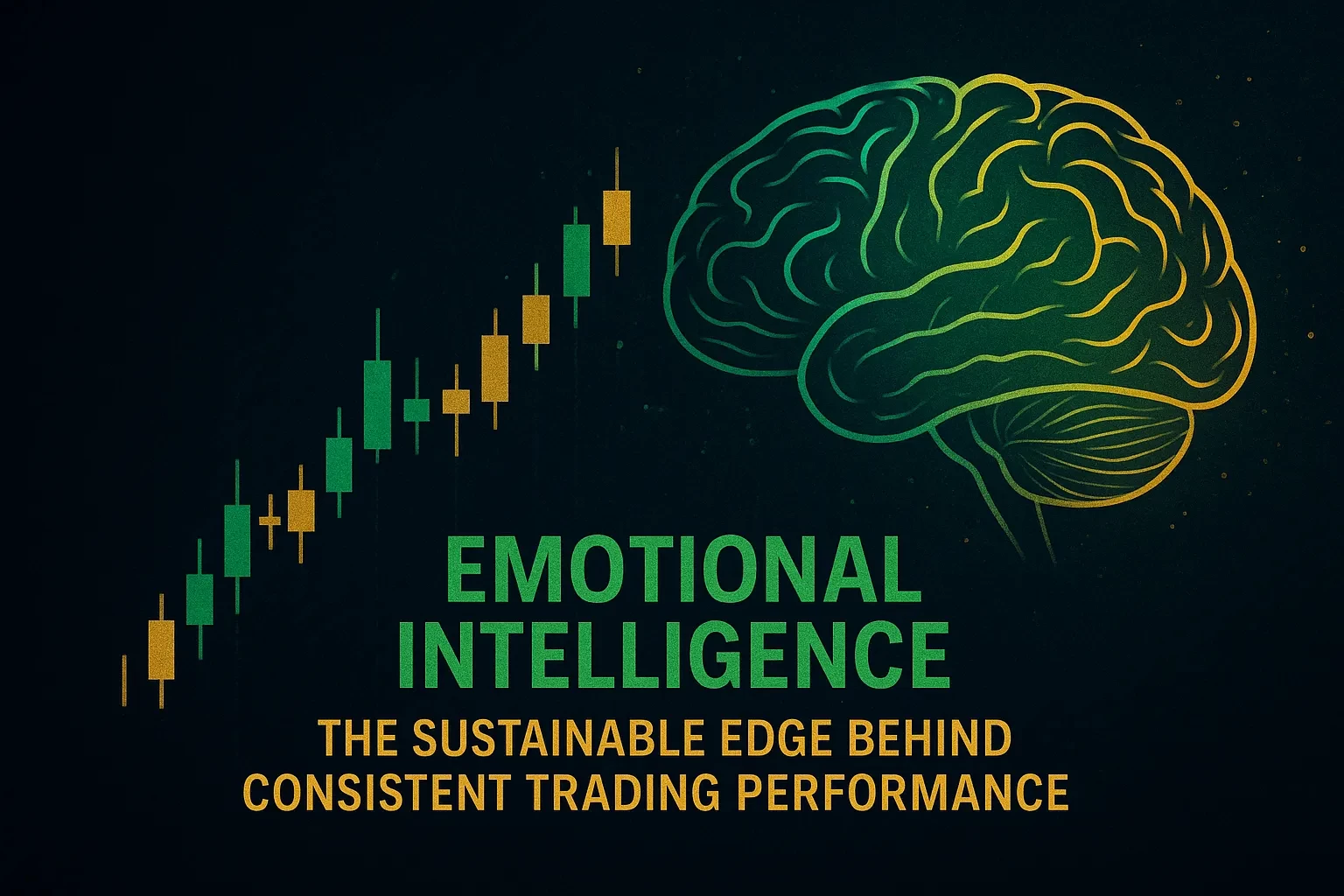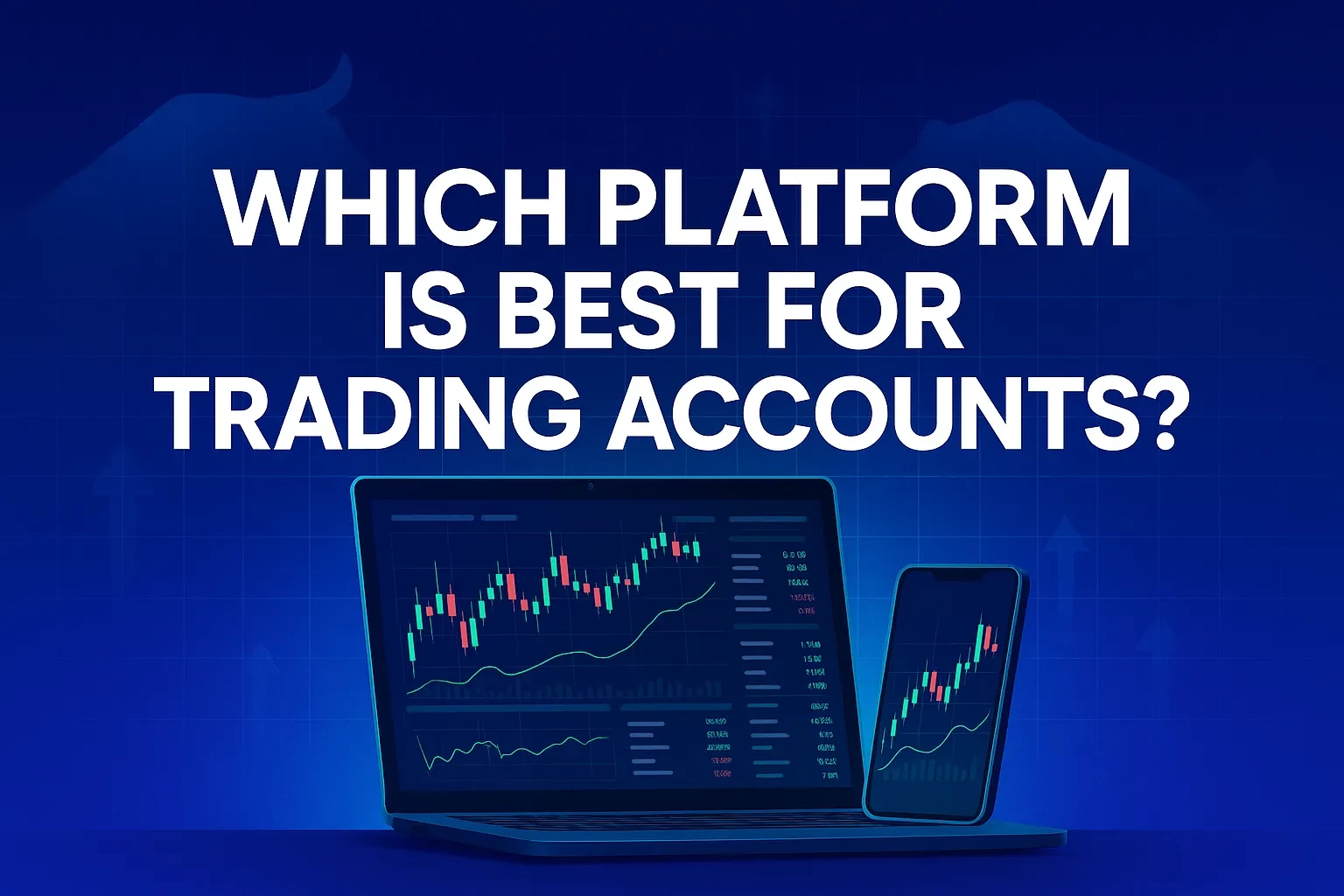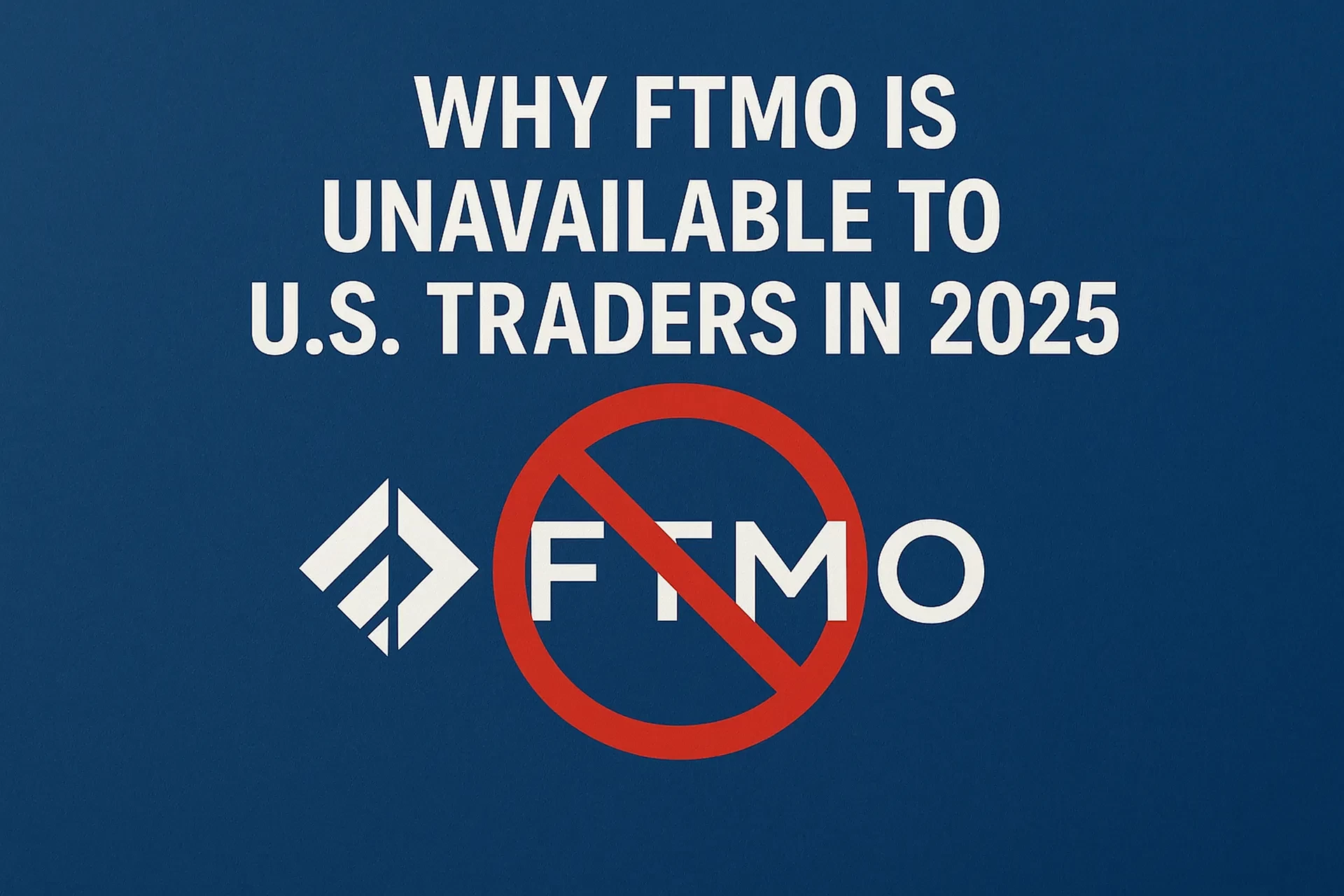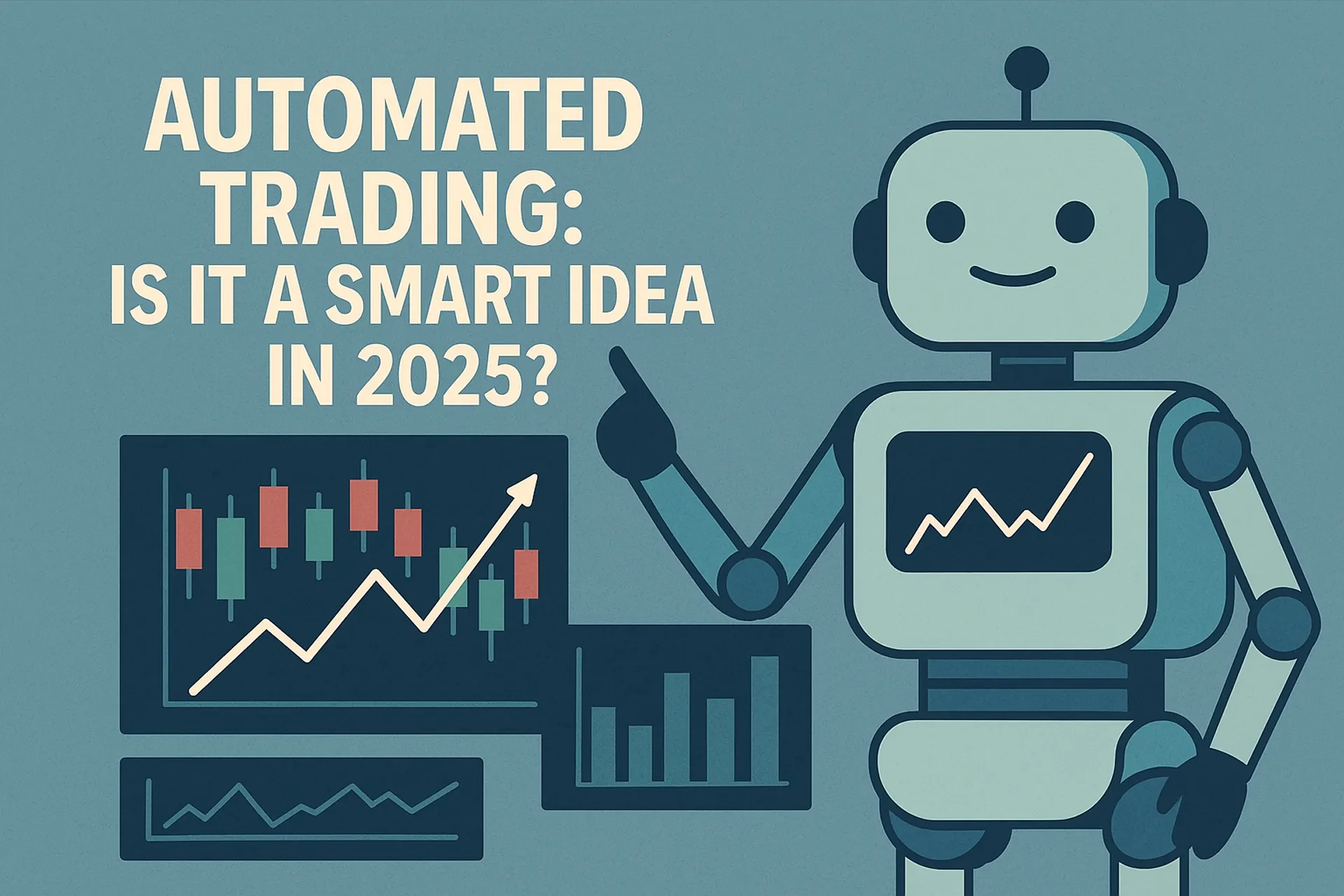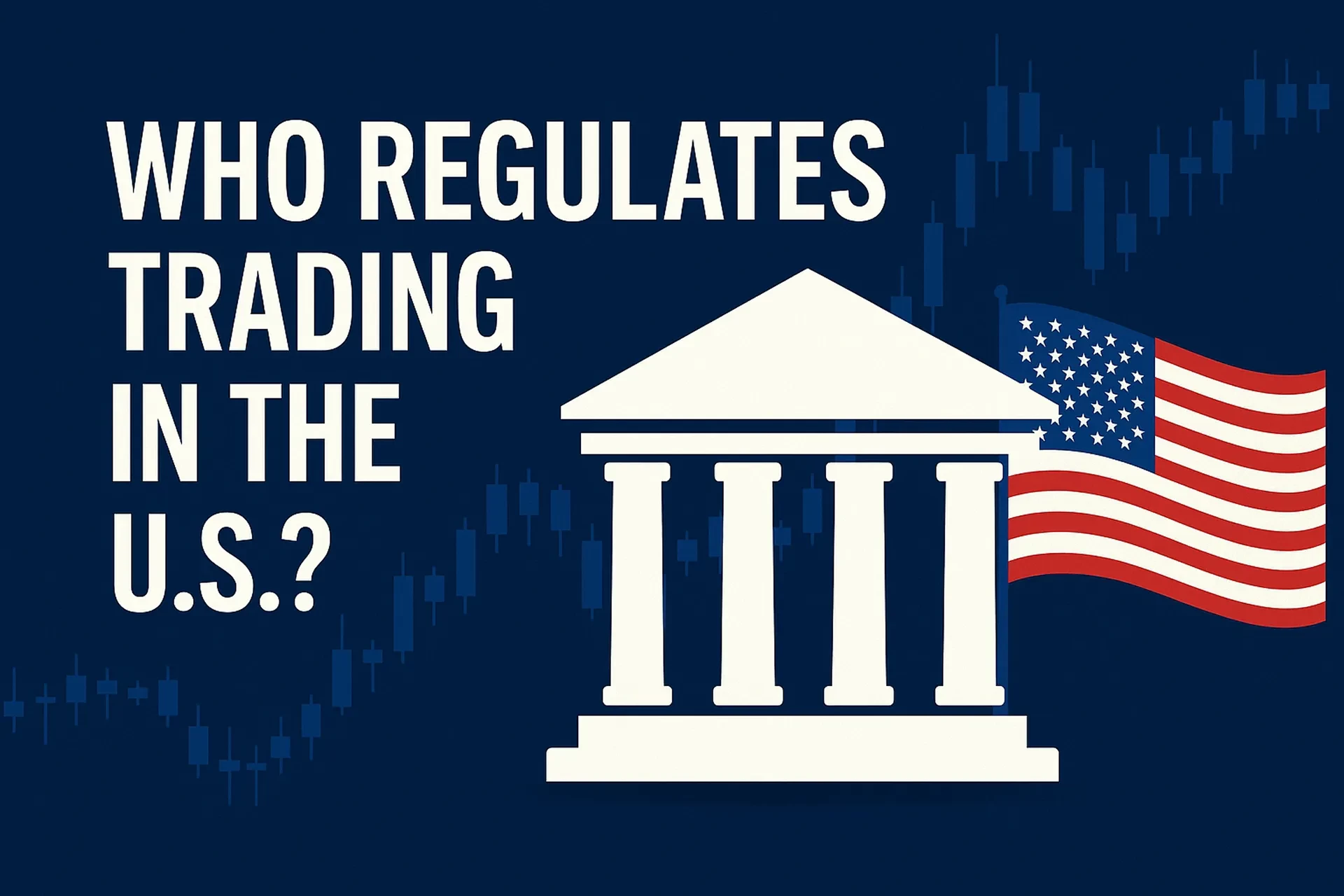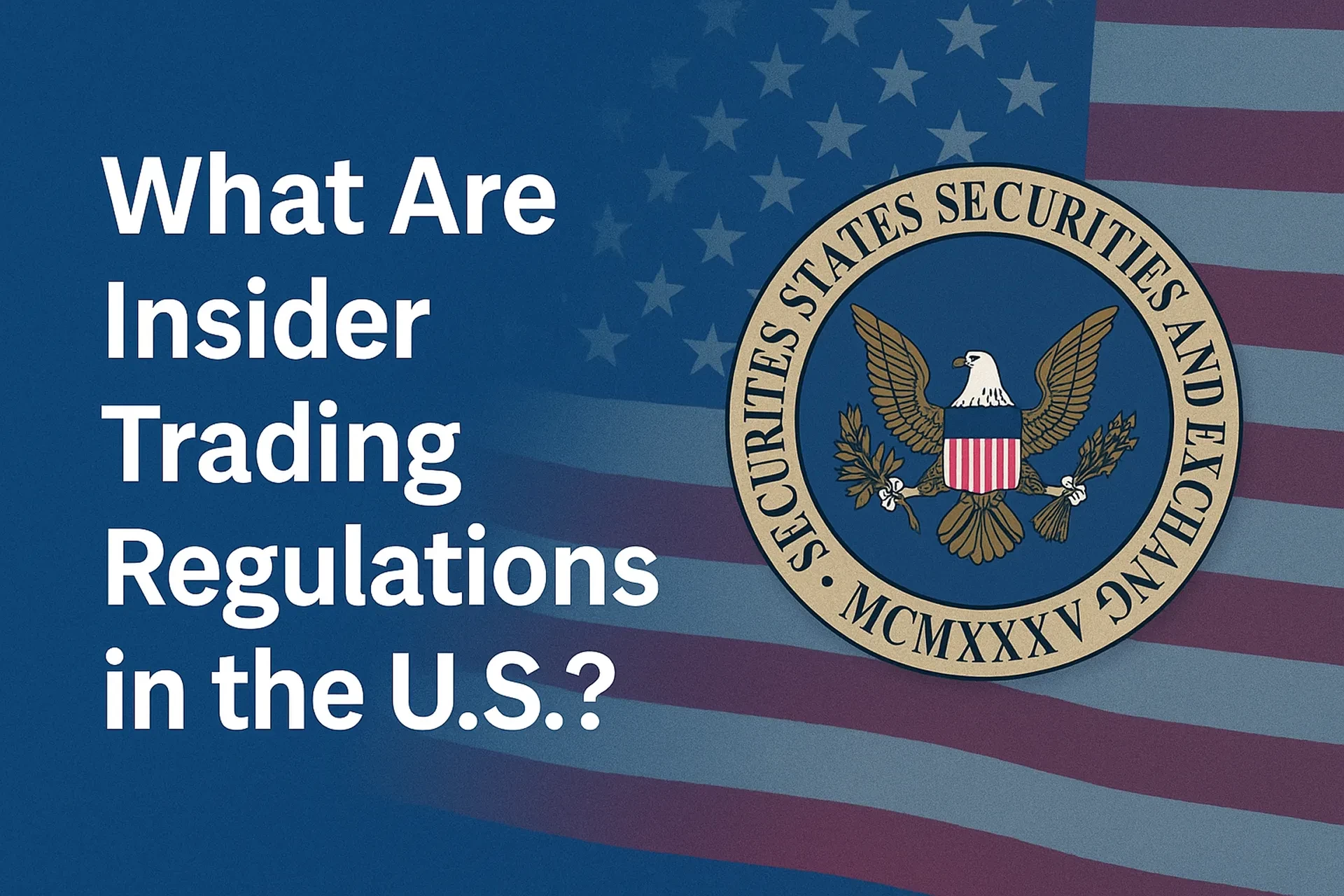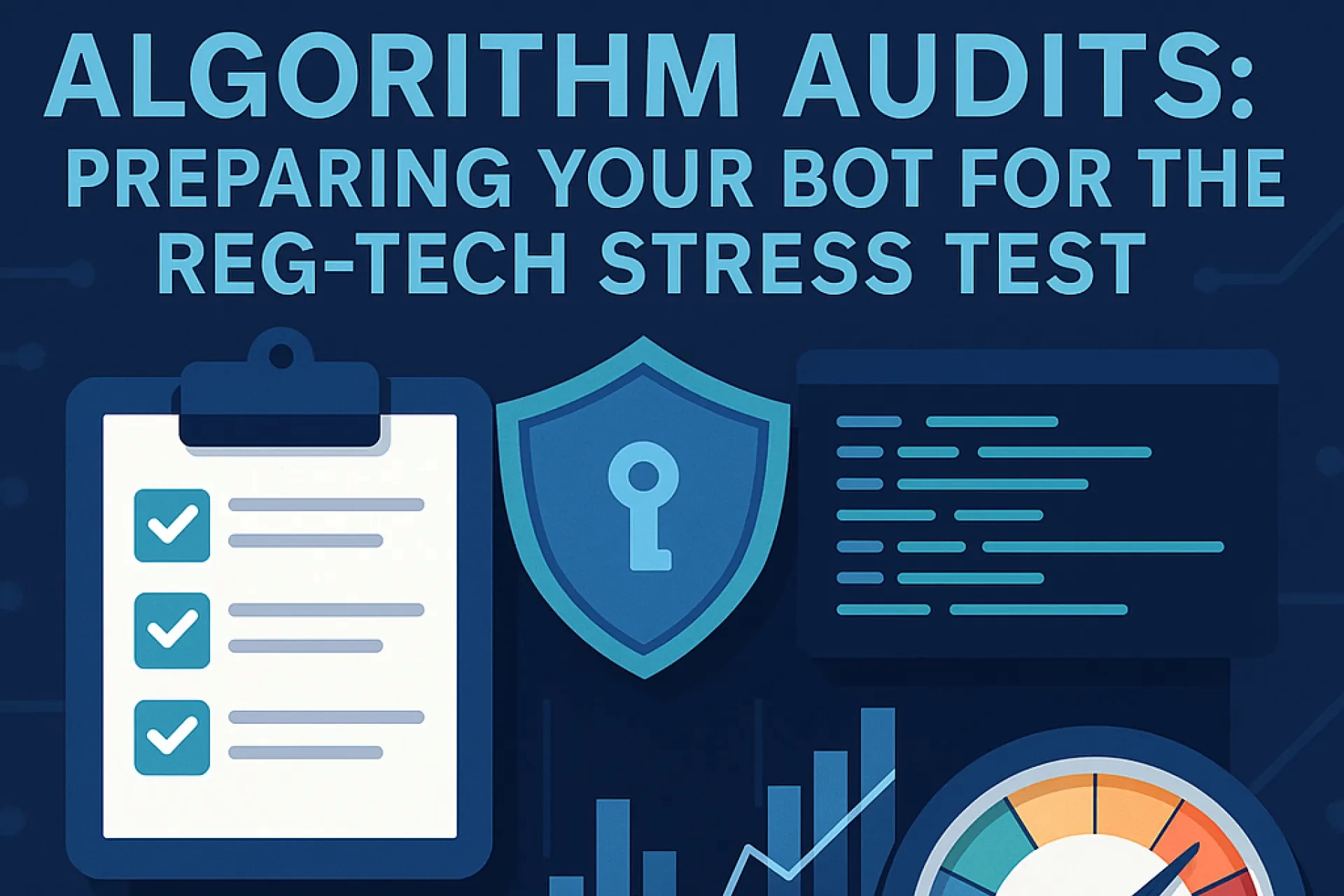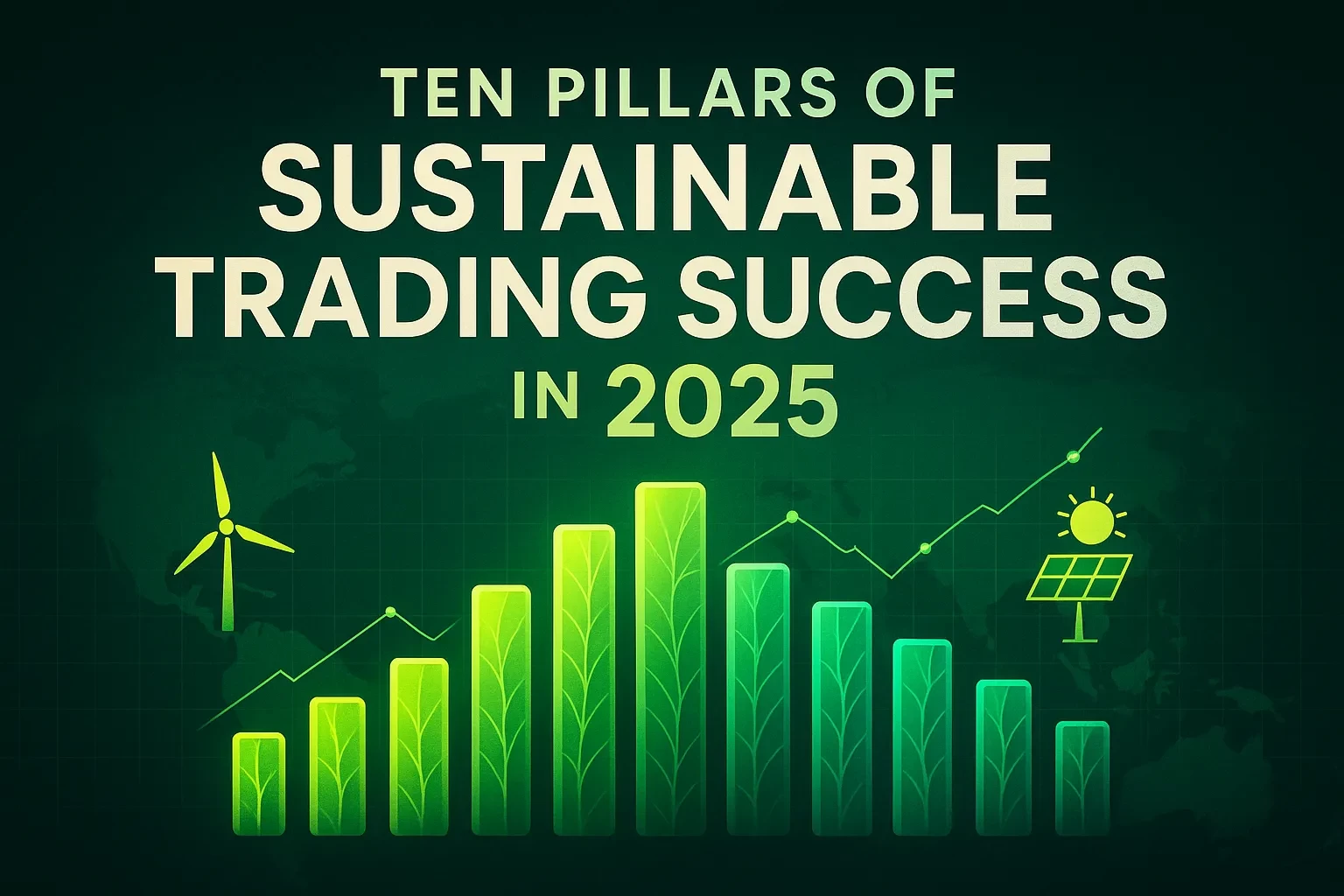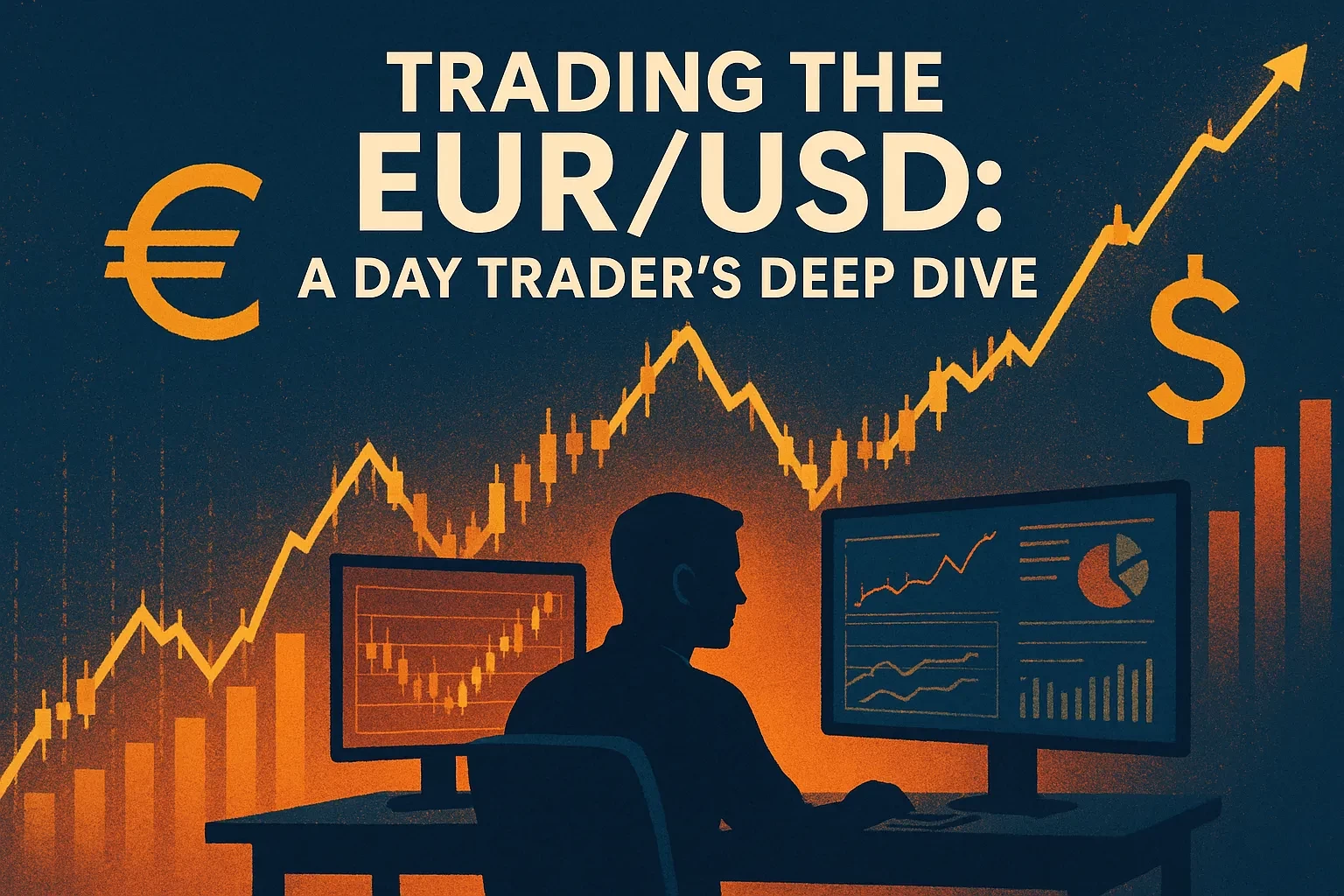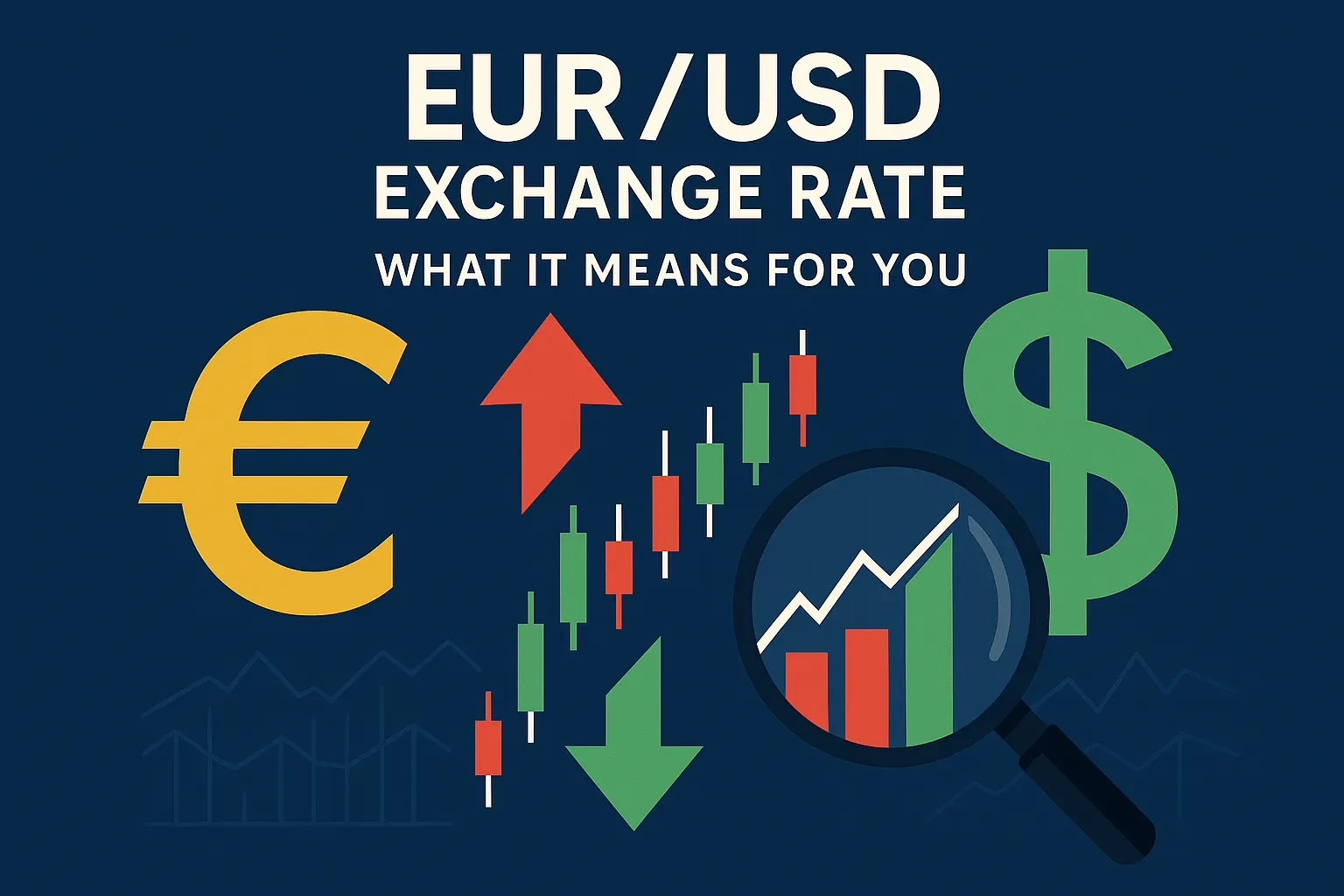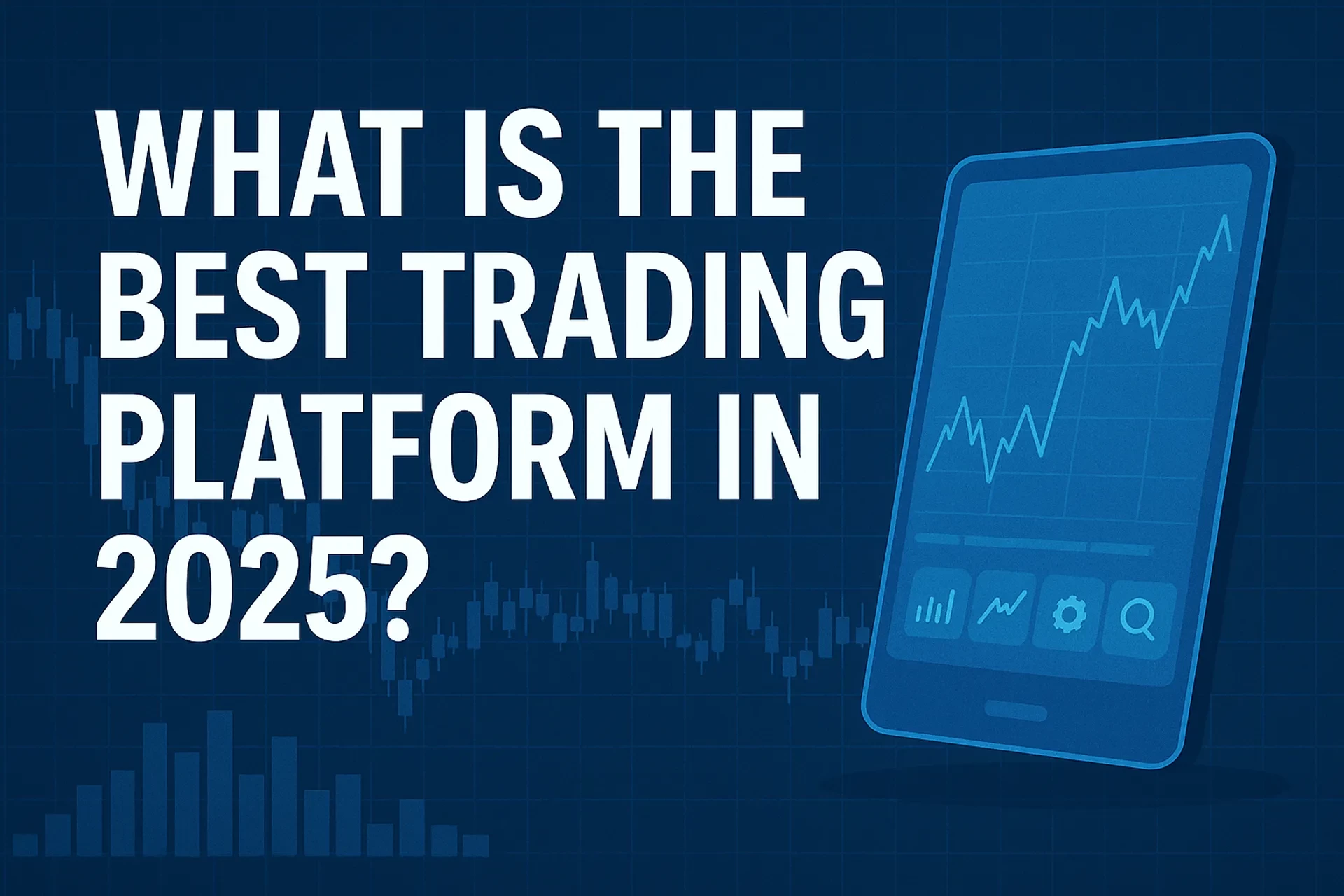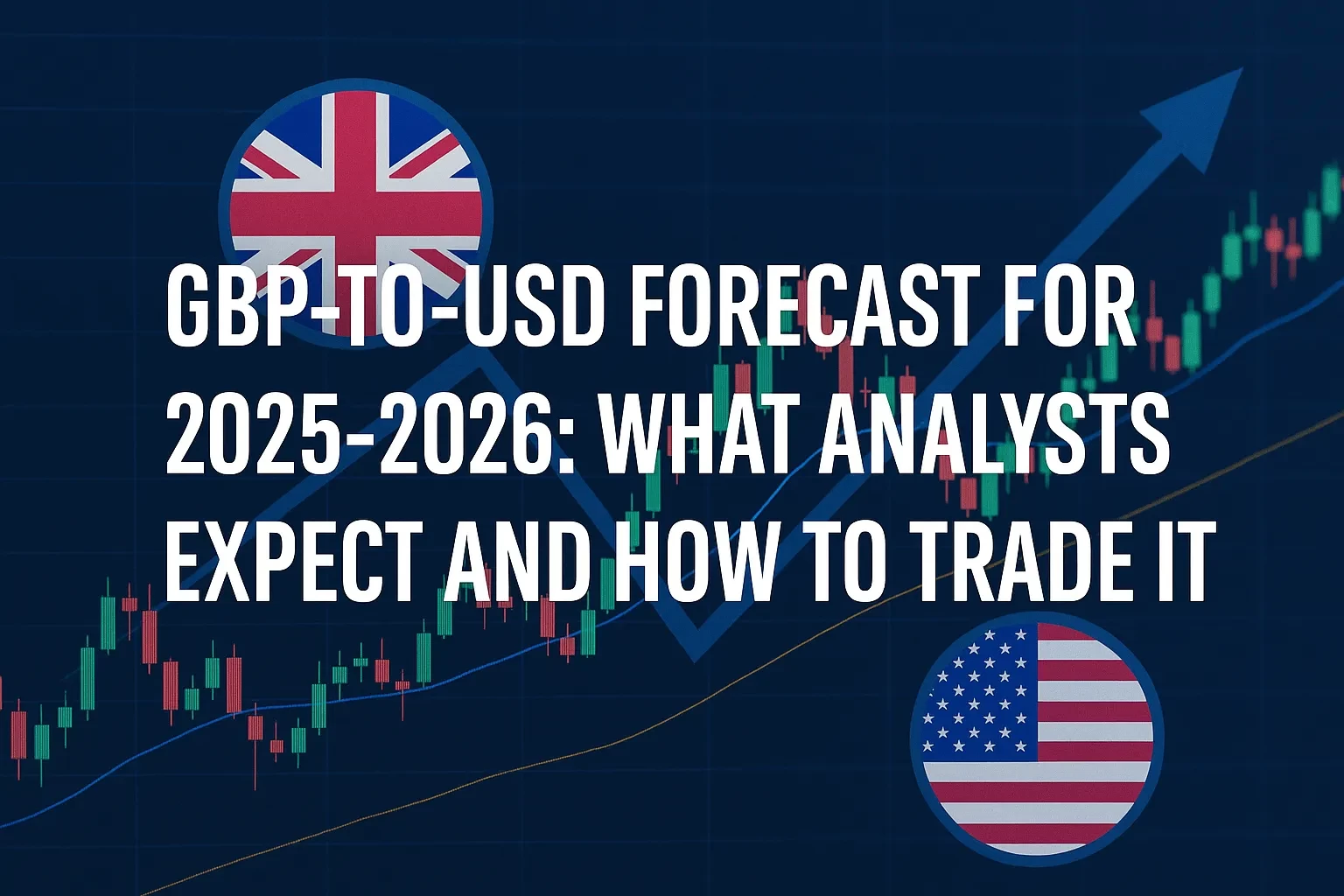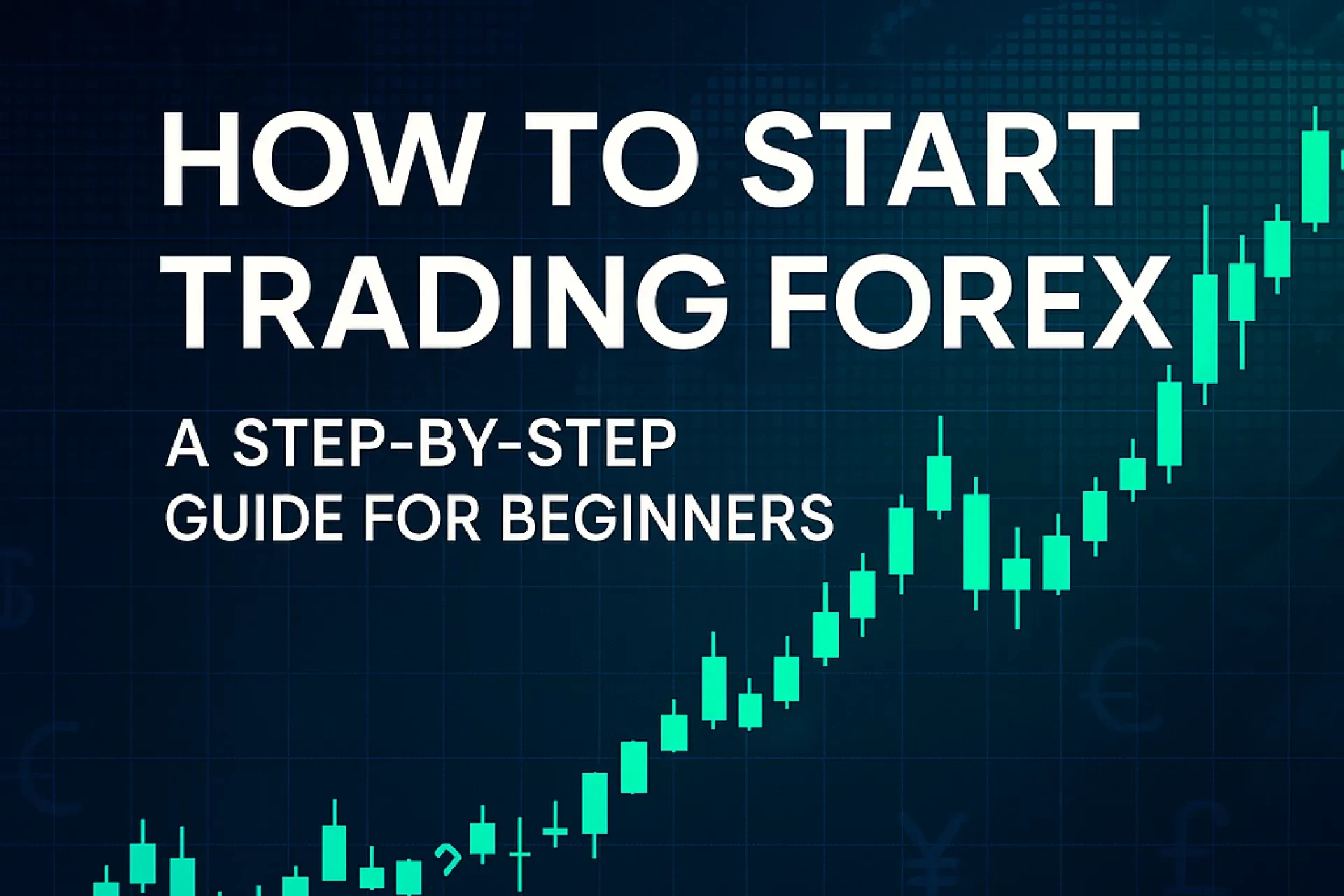Answer up front: You can have a solid strategy and still sabotage yourself if you can’t manage your reactions to fear, stress, and uncertainty. Emotional intelligence (EQ) is the missing operating system behind consistent execution: it doesn’t replace your edge, it protects it. When you treat EQ as a core skill—not a soft extra—you give yourself a durable advantage most traders never develop.
Disclosure: If this article references brokers, prop firms, tools, or platforms, assume some outbound links may be affiliate links. They do not affect the objectivity of the information provided.
Table of Contents
In modern markets—faster data, tighter spreads, algos everywhere—almost everyone can access similar tools and information. What most traders don’t have is systematic control over their own behavior under pressure. That gap is where emotional intelligence becomes a true edge.
In trading, EQ is not about suppressing feelings or pretending you’re a machine. It’s about reading your internal signals as clearly as your charts, recognizing when emotions are steering the wheel, and having rules to respond constructively instead of reactively. In this article, you’ll learn how emotional intelligence directly shapes your P&L, how to break it down into trainable components, how to embed it into your daily process, and how to align this mindset with responsible risk practices and U.S. regulatory expectations. You’ll also see practical frameworks, checklists, and a simple comparison scenario that shows how two traders with the same system can end up with radically different outcomes—purely due to EQ.
What Emotional Intelligence Really Means for Traders
Emotional intelligence, in a trading context, is your ability to:
• Notice what you feel in real time.
• Understand how those emotions influence your decisions.
• Regulate your responses so actions stay aligned with your trading plan.
• Interpret how crowd behavior and market sentiment might be shaped by similar emotions in others.
Instead of treating emotions as a flaw to delete, EQ treats them as data:
• Fear can flag excessive position size or unclear setups.
• Excitement can warn you you’re chasing.
• Frustration can signal fatigue or revenge bias.
• Overconfidence can hint you’re treating luck as skill.
High-EQ traders don’t “feel less.” They leverage feelings to make more grounded decisions.
The Trader EQ Matrix: Five Dimensions of a Durable Edge
Use this original framework as your mental dashboard. Strong performance requires that you actively train all five:
1. Self-Awareness: Knowing Your Internal Market
You notice:
• Physical cues: tight jaw, racing heartbeat, shallow breathing.
• Cognitive cues: “I’ll make it back now,” “I know this is reversing,” “I can’t miss this move.”
• Behavioral cues: shrinking stop losses, increasing size without rules, abandoning your journal.
Practical test: If you can’t describe your emotional state before placing a trade, your self-awareness is underdeveloped.
2. Self-Regulation: Your Intraday Circuit Breaker
Self-regulation is your ability to pause between impulse and execution.
Examples:
• You feel FOMO as price breaks out; your rule: wait for a confirmed close above a level and normal position size—no exceptions.
• After 3 consecutive losses, your rules force a 30–60 minute break or end-of-day stop.
This is not willpower theater. It’s pre-committed structure that protects you when you’re least objective.
3. Performance-Driven Motivation: Playing the Long Game
Instead of being addicted to “being right” on the next trade, high-EQ traders define motivation in terms of:
• Quality of execution vs. outcome.
• Monthly or quarterly process metrics (journal completion rate, rule adherence) instead of single-trade P&L.
• Realistic expectations that align with risk disclosures from regulators and brokers.
That shift reduces emotional volatility, which reduces impulsive behavior.
4. Market Empathy: Reading Crowd Behavior Without Following It Blindly
Market empathy is not about caring how strangers feel. It’s about recognizing patterns in collective emotion:
• Panic selling on bad headlines.
• Euphoria on parabolic moves.
• Indecision in choppy ranges.
You ask:
• “If I feel euphoric, how many others do too—and is that actually late?”
• “If the narrative feels one-sided, where is positioning vulnerable?”
This helps you recognize unsustainable extremes without assuming you’re smarter than the market.
5. Relational Discipline: Your Social & Information Hygiene
Your environment feeds your emotional state:
• Discords and X (Twitter) streams screaming “APE IN NOW” erode your discipline.
• Copying high-risk influencers contradicts guidance repeatedly flagged by regulators about unvetted online tips.
High-EQ traders curate:
• Limited, high-quality information sources (e.g., Investor.gov, CFTC education, FINRA resources).
• A small circle of peers focused on risk management, not lottery wins.
The EQ Decision Framework: What You Check Before, During & After Each Trade
Treat this as a practical checklist to embed emotional intelligence into your process.
Before the Trade: Pre-Commitment
Ask yourself:
• Is this setup explicitly written in my plan?
• Is my position size within predefined risk (e.g., 0.25–1% per trade)?
• What am I feeling right now (boredom, pressure to recover, excitement)?
• If this trade loses, will I still be comfortable with the decision?
If any answer relies on “I just have a feeling” and it conflicts with your rules, you stand down.
During the Trade: Active Monitoring Without Micro-Managing
EQ filters mid-trade noise:
• You avoid moving stops further away out of fear of being “wicked out.”
• You resist closing winners too early just to lock a dopamine hit.
• You notice urges (“I should double up here”) and route them through your rules.
Ask:
“If I wasn’t already in this trade, would I open it here with this size?”
If the answer is no, emotions are probably in control.
After the Trade: Feedback, Not Self-Attack
Your post-trade review focuses on:
• Did I follow my entry, risk, and management rules?
• Which emotion was strongest before and after?
• What pattern is emerging over 20–50 trades?
The goal is not to feel good; it’s to see clearly.
Emotional Trigger to EQ Action Map
| Trigger | Typical emotional reaction | EQ-based response |
|---|---|---|
| Fast win early in session | Overconfidence, larger risk | Lock rules: next trade same max % risk |
| Three losses in a row | Frustration, revenge trading | Mandatory break; size reduction or stop |
| Missed big move | FOMO, chasing late entries | No “make-up” trades; wait for next pattern |
| Sudden news-driven volatility | Panic, freeze, random exits | Revert to plan: predefined news rules |
Takeaway: You don’t remove these triggers; you standardize your reaction to them.
How to Build Emotional Intelligence Into Your Daily Trading Routine
Here’s a concrete, step-by-step protocol you can start using immediately.
1. Run a Two-Minute Emotional Check-In
Before you open your platform:
• Name your state: “calm,” “stressed from work,” “eager to trade,” etc.
• Rate readiness from 1–10. Below 6? Trade smaller or observe only.
Naming reduces the unconscious control emotions have over you.
2. Hard-Code Structural Guardrails
Examples:
• Daily max loss (e.g., 2–3% of account): once hit, platforms closed.
• Max trades per day: prevents tilt and overtrading.
• Predefined news filter: what you do around high-impact events.
This aligns with the spirit of U.S. regulatory guidance that emphasizes understanding leverage, volatility, and suitability—especially for active or leveraged trading.
3. Keep a Dual Journal: Numbers + Emotions
For each session, log:
• Market: instrument, timeframe, setup.
• Execution: followed rules (Y/N), R multiple, slippage.
• Emotions: before/after (e.g., “anxious, rushed,” “calm, neutral,” “angry, forcing”).
Patterns you’ll usually find:
• Revenge trades cluster after rule-breaking.
• Overconfidence peaks after outsized winners.
• Best results correlate with boring, consistent emotional notes.
4. Use Micro-Resets During Volatility
When you feel activation:
• Step away for 3–5 minutes.
• Deep breathing: exhale longer than inhale to downshift your nervous system.
• Ask: “If I do nothing for 10 minutes, does my risk increase or decrease?”
If “doing nothing” reduces risk and emotional pressure, that’s usually the right move.
5. Reframe Losses as Operating Costs, Not Identity Threats
A high-EQ trader accepts:
• Losses are payment for information and access to opportunity.
• A single trade says nothing about your worth or long-term edge.
• Oversized emotional reactions to normal risk suggest a sizing or capital-allocation problem, not a psychological defect.
This mindset mirrors what serious firms and regulators stress: risk must be understood, quantified, and controlled—not denied.
Mini Case Study: Same Strategy, Different EQ, Opposite Outcomes
Assume:
• Both traders use a strategy with a true statistical edge of +0.5R per trade over 400 trades.
• Risk per trade: 0.5% of equity, 40% win rate, 1.8R average win, 1R average loss.
Trader A — Low EQ
• Increases size to 2–3% after a big win.
• Widens stops during losing streaks.
• Revenge trades off-plan after news spikes.
Effective result:
• Edge is distorted; a few emotional mistakes create -15% to -25% drawdowns.
• Eventually stops following the system entirely.
Trader B — High EQ
• Keeps size fixed; follows daily loss limits.
• Steps away after 3R drawdown.
• Reviews journal weekly; patches emotional leaks.
Effective result (illustrative):
• Over 400 trades with +0.5R average edge at 0.5% risk ≈ +100R total → about +50% account growth over a longer horizon, with controlled drawdowns.
Nothing magical changed—only behavior. EQ turned theoretical edge into realized results.
(Numbers are simplified for illustration, not a guarantee of future performance.)
Common Emotional Mistakes (and How to Fix Them)
Mistake 1: Treating Trading as Therapy
You’re trading to feel smart, prove something, escape stress, or “win back” losses in life.
Fix: Write a short trading mission that excludes emotional compensation. Revisit it before sessions.
Mistake 2: Confusing Luck With Skill After a Hot Streak
You win big early, assume you’ve “leveled up,” triple your risk.
Fix: Any change in size or rules must be justified by a statistically significant sample and documented review, not vibes.
Mistake 3: Doom Loop After a Drawdown
You spiral: widen stops, remove stops, chase breakouts, scrap your system.
Fix: Predefine a drawdown protocol:
• At -5R: reduce size by 50%.
• At -10R: stop trading, perform a structured review over last 30–50 trades.
• Only resume at full size after documented improvements.
Mistake 4: Outsourcing Judgment to Social Media
You enter trades because “everyone is in this” or a guru posted a chart.
Fix: You can consider external views, but every trade must map to your written plan. If you can’t explain it in your own words, you don’t take it.
Emotional Intelligence, Risk Culture & U.S. Regulators
If you trade U.S. products or with U.S.-regulated firms, emotional discipline lines up with what regulators repeatedly emphasize:
• The SEC and CFTC highlight the need for investors to rely on trustworthy, transparent information and to understand complex, leveraged products before trading them.
• FINRA’s day-trading risk disclosures stress that active, leveraged trading can be inappropriate for many individuals and that you must be prepared for significant losses.
High EQ makes you more likely to:
• Respect margin and leverage warnings.
• Avoid scams, unrealistic promises, and manipulative online communities.
• Align your behavior with a written plan that treats regulatory guidance as a baseline, not an obstacle.
For deeper context, review:
• Investor education resources on Investor.gov.
• CFTC Learn & Protect materials.
• FINRA day trading guidance.
FAQ: Emotional Intelligence & Trading Performance
Conclusion: Make EQ Part of Your Edge, Not an Afterthought
If you’re relying solely on indicators, entries, and clever trade ideas, you’re competing in the noisiest, most easily copied layer of the game. Your true moat is your ability to execute calmly, consistently, and ethically under stress.
To move forward:
• Write or refine your trading plan with explicit emotional and risk rules.
• Implement the EQ Decision Framework (before/during/after trade checks).
• Use a dual journal to track patterns in both execution and emotion.
• Study reputable educational resources and revisit them monthly.
• Treat emotional intelligence as a permanent workstream, not a weekend fix.
When you do this, your results stop depending on how you feel today and start reflecting how well you’ve built your process.
Risk Disclaimer (Read This)
This article is for educational purposes only and does not constitute investment, legal, tax, or trading advice. Trading financial instruments—including forex, CFDs, futures, crypto, and equities—carries a high risk of loss and is not suitable for every investor. You should only trade with money you can afford to lose, carefully consider your objectives and risk tolerance, and, where appropriate, consult a registered financial professional. Past performance (real or simulated) is not indicative of future results.
